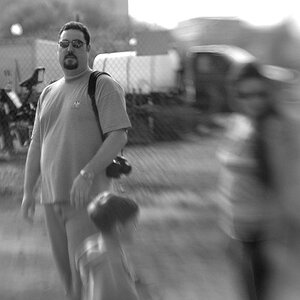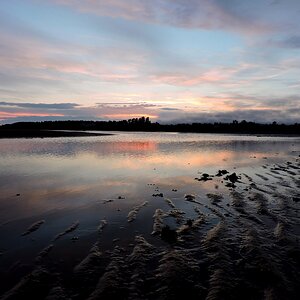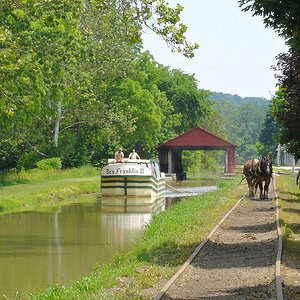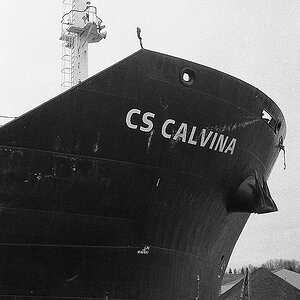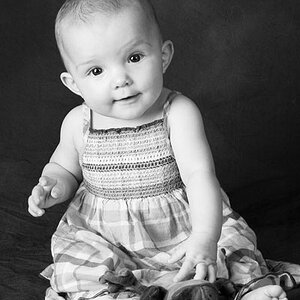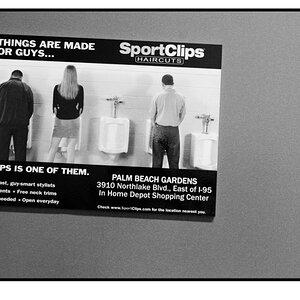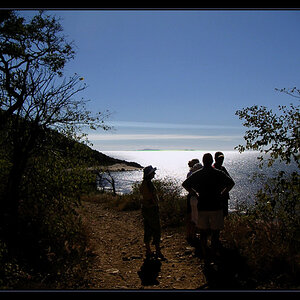Belaflek73
TPF Noob!
- Joined
- Dec 23, 2013
- Messages
- 2
- Reaction score
- 0
- Location
- massachusetts
- Can others edit my Photos
- Photos NOT OK to edit
Hi everyone,
I'm a cosmetic restorative dentist and one of the most difficult things for us to do is a single tooth crown on an upper front tooth. It can be very difficult to match the shade of the adjacent front tooth and even slight deviations are very noticable. To help in shade matching I'd like to use photography to send pictures to the lab I use.
I have a Canon 50D and a macro lens. I usually take my pictures with corresponding shade tabs next to the tooth I want to match. I'm curious if anyone can tell me what sorts of settings/techniques I should use to get the most color accurate photos possible of the teeth I am photographing.
Thanks in advance!
I'm a cosmetic restorative dentist and one of the most difficult things for us to do is a single tooth crown on an upper front tooth. It can be very difficult to match the shade of the adjacent front tooth and even slight deviations are very noticable. To help in shade matching I'd like to use photography to send pictures to the lab I use.
I have a Canon 50D and a macro lens. I usually take my pictures with corresponding shade tabs next to the tooth I want to match. I'm curious if anyone can tell me what sorts of settings/techniques I should use to get the most color accurate photos possible of the teeth I am photographing.
Thanks in advance!


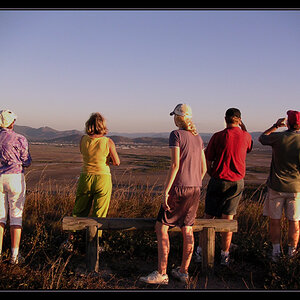

![[No title]](/data/xfmg/thumbnail/39/39184-d7e9fb25ed954af6adbcacfdf106df84.jpg?1619738904)

